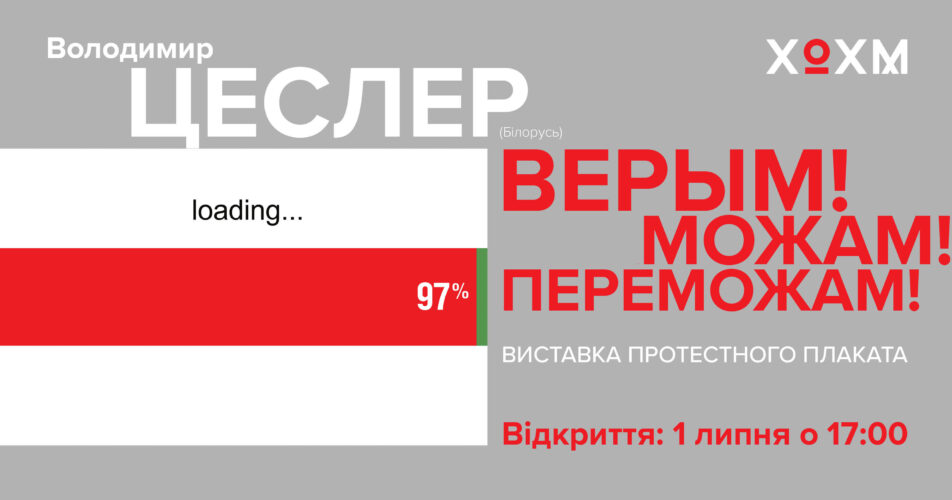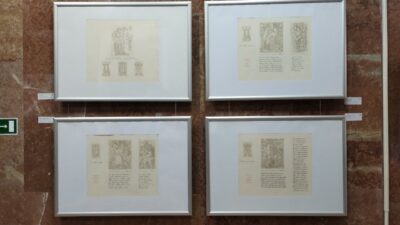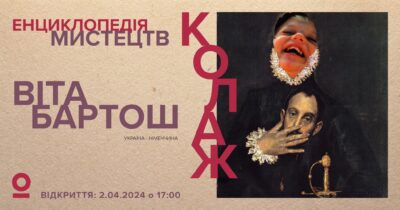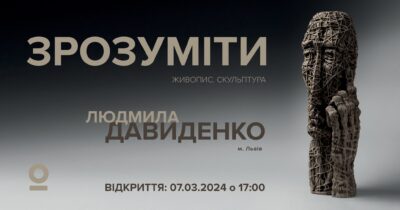“We believe! We can do it! We will win!”
This is the slogan of a wave of peaceful demonstrations in Belarus that the whole world is watching. The incredibly fast and unpredictable course of events is integrated into the work of the most sensitive people, including the famous Belarusian artist and designer with a successful long-term artistic practice, love of his compatriots and international recognition – Uladzimir Tsesler.
With an active public position, he became a member of the Coordination Council for the Transfer of Power (2020). Expressing his own opinion on the events taking place in the country, Vladimir Yakovlevich published a new version of the Belarusian coat of arms on his personal Facebook page. It shows a lattice in the form of the sun and diverging rays, followed by the outline of the republic. The artist also posted a post on social media with a swastika, drawing a parallel between the current government in Belarus and the actions of the criminal Nazi regime. This act worried the artist’s friends, who believed that his safety was now under threat. Therefore, the artist left the country on August 21, 2020. In an online interview, Tsesler said that he was not in danger and expressed hope for a speedy return to his homeland. However, he is still in exile.
Uladzimir Tsesler’s posters are acutely social: mourning ribbons wrapped around state symbols; expectations of a quick download of the last “three percent” of the new Belarus… The artist does not flirt with his opponents, but resorts to devastating criticism. His ideas fully reflect the determination of Belarusians to see their cause through.
The genre of the poster, which the artist has been working with for decades, is constantly transforming – it has already moved far away from the functions of a poster, has become complex and multilayered, and many ways of creating it have emerged. The main qualities of a modern poster are its present, urgency and burning relevance. A real poster is not displayed on the streets nowadays. Instead, it exists and thrives in art studios, at thematic biennials, and of course, where censorship is now hard to come by – in the virtual space.
It is quite symbolic that the opening of the exhibition takes place between two public holidays: Constitution Day of Ukraine and Independence Day of the Republic of Belarus. After all, they are both related to the observance of human and civil rights and freedoms, which is one of the most important priority principles of every independent state. Human and civil rights and freedoms are inalienable, as they are an integral part of the personality and are its legal property, and therefore a person as a social being deprived of rights is not only disenfranchised in the narrow legal sense, but cannot be a person, as he or she has no opportunity to satisfy his or her needs and interests. And in a state-organized society, the legal characteristic of a person is intended to play a crucial role, since human and civil rights and freedoms determine the most important aspects of human life in its relations with society and the state. The state does not grant rights to a person, and therefore cannot take them away. A state that violates or restricts human rights must be held accountable for this.
For reference.
Uladzimir Tsesler was born in 1951 in Slutsk (Belarus, Minsk Oblast).
As a child, he showed a talent for drawing. The family decided to send their son to the art studios of the City House of Pioneers and Schoolchildren, where he studied under the guidance of teacher Vladimir Sadin.
In 1980 he graduated from the Design Department of the Belarusian Theater and Art Institute (now the Belarusian State Academy of Arts). He worked in the field of books and advertising. Since the late 70s, he has worked in close creative tandem with Sergei Voichenko (1955-2004).
Member of the Belarusian Union of Designers and the Belarusian Union of Artists.
He became famous as a poster artist.
Currently he works in various fields: poster, art object, painting, sculpture, graphics, advertising, industrial design, etc.
He has won many awards at international competitions, biennials and festivals.
The artist’s works are characterized by shocking and ironic elements that allow us to look at familiar things from a different angle.
From the history of the poster
Poster – (announcement, poster, from plaquer – to stick, to glue) – a noticeable, usually large-format image accompanied by a short text, made for propaganda, advertising, informational or educational purposes. In another sense, it is a type of graphic. A poster is perceived as a message summarized in a clear visual formula, intended for a contemporary to draw conclusions and take concrete actions. This formula reflects a certain level of graphic design and informs about the subject of communication.
The poster genre originated in the 16th century, when printing was developing in Europe and graphic art became popular. These printing methods were used to make posters. Later, as a result of the evolution from typographic posters and announcements, the poster appeared. The growth of its popularity is associated with the rise of the level of socio-political and cultural life (development of cultural institutions, an increase in the number of industrial and art exhibitions, the emergence of rallies and demonstrations). Back then, posters were created by hand or by lithography. A modern poster is usually a reproduction of a single image by printing.
The official founder of the poster genre is Jules Chéret (1836-1932), who began his career in the workshop of an engraver-lithographer, where he served as an apprentice. Later, Chéret began to print gigantic, by the standards of the 19th century, advertisements for Parisian dance establishments and cafés. It was Chére who developed the solutions that formed the basis of the genre: he increased the area of the sheet, outlined the compositional foundations (large figures are brought to the foreground and highlighted); turned color into an integral part of the composition, and, in the poster genre, at Chére’s suggestion, color is subordinated to lines, and not vice versa, as in painting; the color itself is simplified, it is rather flat, without shades and halftones.




